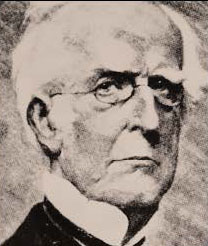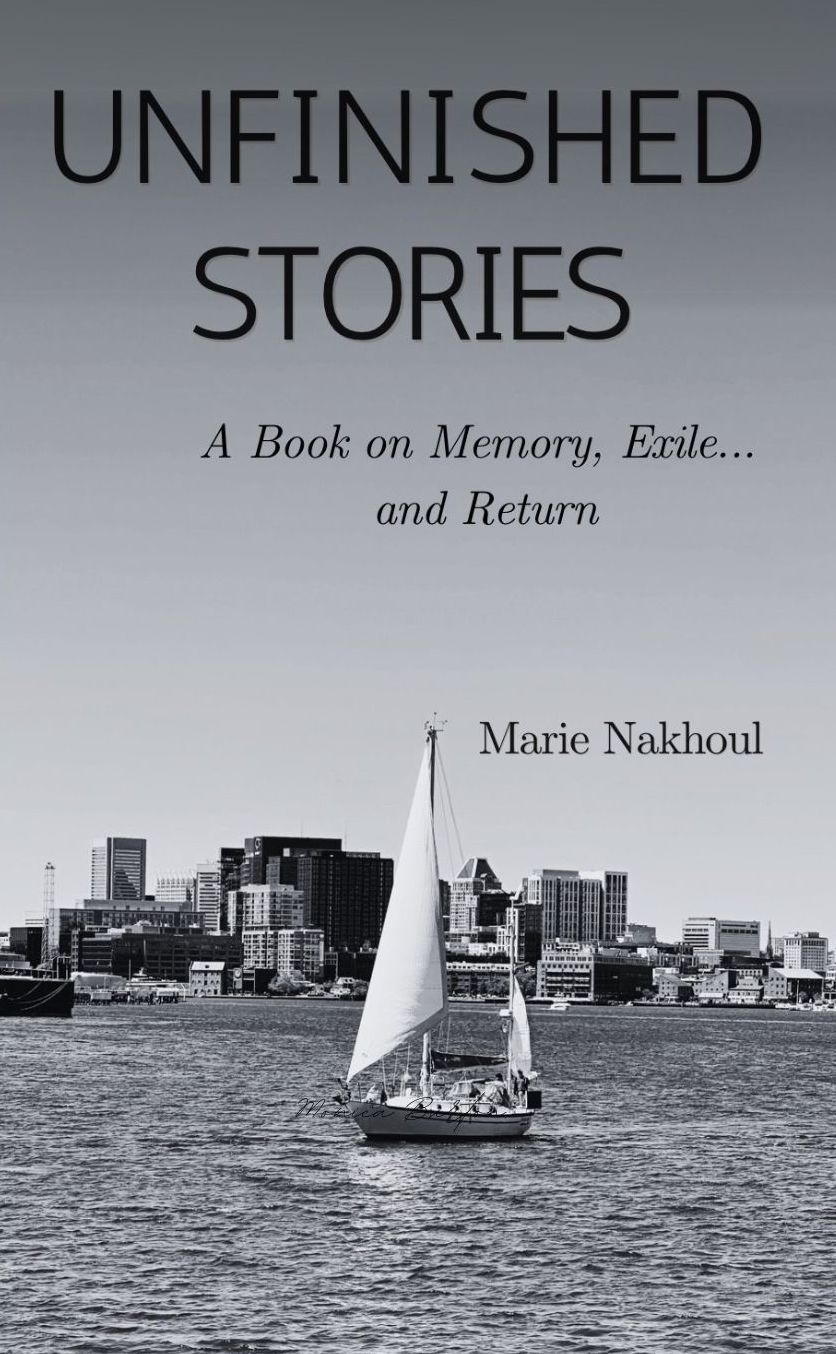
William A. Hammond joined the University of Maryland School of Medicine (UMSOM) in 1860 as chair of anatomy and physiology but left just two years later to join the U.S. Army during the Civil War as surgeon general. In that role, Hammond developed a system for evacuating wounded soldiers from the battlefield and organized the military hospital and medical system. Hammond had the foresight to create and maintain detailed records, reports, and data, which led to a better understanding of military medical science and history. After the war, he created the Army Medical Museum.
This is just one example of how leaders from UMSOM helped to make advances during the Civil War.
In May 1861, professors Hammond and Nathan R. Smith, who held the surgery chair and filled Hammond’s when he left, were sent to Washington, D.C., to negotiate an agreement with the U.S. government to care for Union soldiers in the Baltimore Infirmary (the University Hospital) at $5 a week, $2 more than civilians were charged. In response to the war, the faculty also introduced new coursework on military surgery and hygiene. The faculty welcomed U.S. surgeons to attend clinical lectures in the Baltimore Infirmary, which provided them with medical knowledge to assist soldiers on the battlefield.
The Union soldiers provided important clinical training for UMSOM students and important research fodder for their medical dissertations, leading to an increase in the number of theses devoted to wartime topics such as gunshot wound care. However, the soldiers did cause some concerns in the hospital with the nurses, Roman Catholic nuns, who claimed the men were trying to convert them from Catholicism to Protestantism. The faculty consulted with the U.S. surgeon general to put these activities to an end.

Smith also had invented an anterior splint, which proved indispensable during the Civil War. The splint was introduced in The Baltimore Monthly Journal of Medicine and Surgery in 1830, and Smith continued to improve and perfect it until 1860. The splint stabilized a soldier’s injured leg, allowing him to be moved with less pain and risk of further injury. Additionally, it flexed, allowing for some movement of the leg, and made it easy to clean and dress the wounds.
Divided University
UMSOM had to overcome numerous challenges because the war divided more than the country; it divided cities and states as well as families, institutions, and organizations. Maryland as a border state and Baltimore as a growing city had particularly divided populaces because of their vicinity to the North and South. The University of Maryland, Baltimore reflected this division with students and faculty supporting both sides on the battlefield, financially or ideologically.
Another faculty member who left UMSOM during the war to help the South was Edward Warren, chair of Materia medica and therapeutics.
Warren left for South Carolina soon after the start of the war because he feared for his life after expressing a strong commitment to the Southern cause. Warren held several medical roles in the Confederacy including medical inspector of the Army of Northern Virginia and surgeon general of North Carolina. Warren intended to return to the school but after failing to respond to several letters from the UMSOM dean, his position was declared vacant, and his chair was filled by Richard McSherry. Warren returned to Baltimore after the war and reorganized the Washington University School of Medicine, which became known in Baltimore as “Warren’s School.” In 1871, Warren left Washington University and helped open the College of Physicians and Surgeons. Both schools later merged with UMSOM.
At the start of the war in April 1861, the University included a thriving UMSOM, a faculty of law and divinity, as well as a fledgling School of Arts and Sciences. The latter only graduated one student in 1863 before shuttering soon after war’s end. UMSOM also struggled, with class numbers declining from 150 students in 1860 to 103 students in 1863. The decline in enrollment was twofold. Many men were choosing to fight in the war: Statistics for the graduating class of 1860 show that 30 percent fought for the Confederacy and 10 percent fought for the Union. Others found it hard or impossible to travel north to Maryland to attend school. Most students prior to the war came from the South; the war closed the University off from the South because traveling north became complicated or impossible due to battles and skirmishes as well as destroyed infrastructure.
When the war ended in April 1865, UMSOM once again saw an uptick in students and influential faculty physicians from the South. Julian J. Chisolm, a Confederate surgeon from South Carolina, was elected dean of the faculty soon after the war; as dean, he declared the school “a southern institution,” dedicated to educating Southern gentlemen. Enrollment in 1865 was once again over 150 students and the school created two new chairs: Physiology, Hygiene and General Pathology (1866) and Diseases of Women and Children (1867).
While the Civil War was difficult for UMSOM, it was able to overcome the challenges and continue its mission of providing quality medical education.



